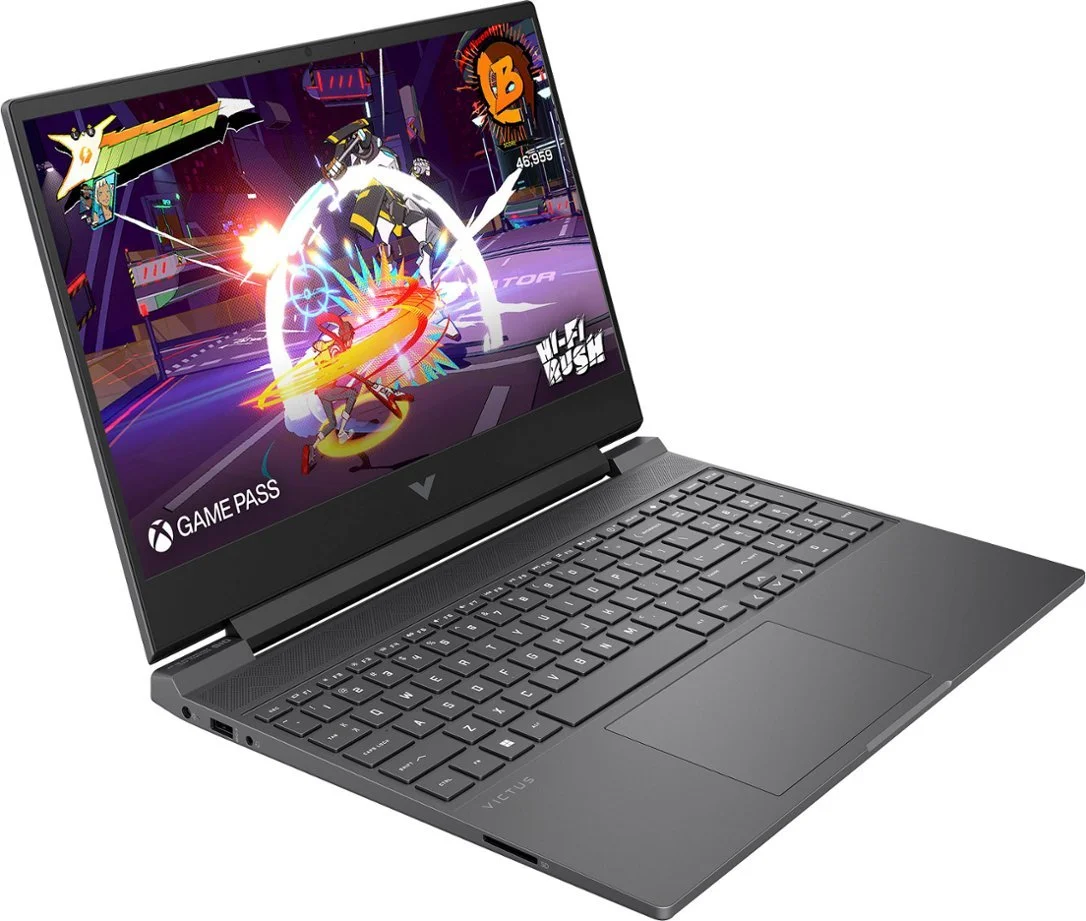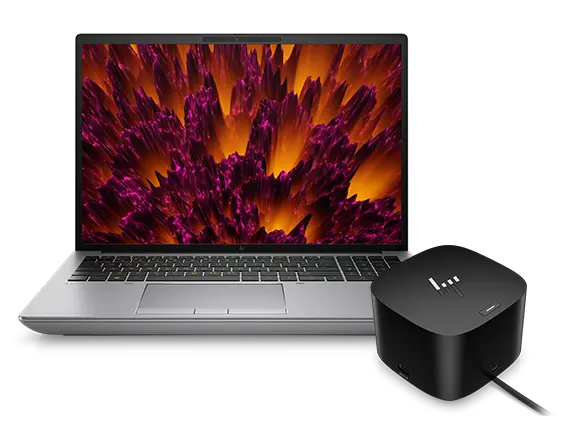Are you struggling to get Windows 10 to recognize your new SSD in your HP Victus by HP 15L Gaming Desktop PC (model TG02-0000i)? It can be frustrating when your SSD is visible in BIOS but not during the Windows installation process. This guide will walk you through troubleshooting and resolving this issue to help you successfully install Windows 10 on your new SSD.
Confirm SSD Compatibility and Connection
1.1 Check SSD Compatibility: Ensure that the SSD you purchased is compatible with your HP Victus 15L Gaming Desktop. Refer to your desktop’s manual or HP’s website for compatibility information. Most modern SSDs are compatible, but it’s always good to double-check.
1.2 Verify Physical Connection:
- Power off your PC and unplug it from the power source.
- Open the desktop case and check the SSD’s connection to the motherboard and power supply. Ensure that both data and power cables are securely connected.
Configure BIOS Settings
2.1 Access BIOS:
- Power on your PC and immediately press the BIOS key (usually
F2,F10,Delete, orEsc) repeatedly to enter the BIOS setup.
2.2 Check SSD Detection:
- In the BIOS menu, navigate to the
StorageorBoottab. - Confirm that your SSD is listed as a connected device.
2.3 Adjust BIOS Settings:
- Ensure that the SSD is set as the primary boot device.
- Enable
UEFImode if it is not already enabled. Windows 10 typically requires UEFI for installation. - Save your changes and exit the BIOS.
Prepare the SSD for Windows Installation
3.1 Create a Windows 10 Installation Media:
- Download the Windows 10 Media Creation Tool from the official Microsoft website.
- Use the tool to create a bootable USB drive with Windows 10.
3.2 Boot from the Installation Media:
- Insert the bootable USB drive into your desktop.
- Restart your PC and enter the BIOS again to change the boot order. Set the USB drive as the first boot device.
3.3 Initialize the SSD:
- Boot from the USB drive to start the Windows 10 installation process.
- On the Windows Setup screen, press
Shift+F10to open the Command Prompt. - Type
diskpartand pressEnter. - Enter the following commands:plaintextCopy code
list disk select disk X (replace X with the number corresponding to your SSD) clean create partition primary format fs=ntfs quick assign letter=C exit - Close Command Prompt and return to the Windows Setup screen.
Install Windows 10 on Your SSD
4.1 Begin Installation:
- Continue with the Windows 10 installation process. You should now see your SSD listed as a destination for installation.
4.2 Select the SSD:
- Choose your SSD (usually labeled as
Drive 0) and follow the on-screen instructions to complete the installation.
Troubleshooting Tips
5.1 SSD Not Visible:
- Recheck the physical connections and BIOS settings.
- Ensure that the SSD is not defective. Try connecting it to another PC if possible.
5.2 Windows Installation Issues:
- Ensure that the installation media is not corrupted. Recreate the bootable USB drive if necessary.
- Verify that the SSD has no existing partitions that could interfere with the installation process.
5.3 Update Drivers:
- After Windows installation, update all drivers for your SSD and motherboard from the HP website to ensure optimal performance.
Conclusion
Installing Windows 10 on a new SSD can seem daunting, but by following these steps, you should be able to get your HP Victus 15L Gaming Desktop PC up and running smoothly. If you encounter further issues, consider reaching out to HP support or visiting forums for additional help. Enjoy the faster speeds and improved performance of your new SSD!
Maximum SSD and RAM Capacity for HP Pavilion Gaming 15 (6VR31EA)


